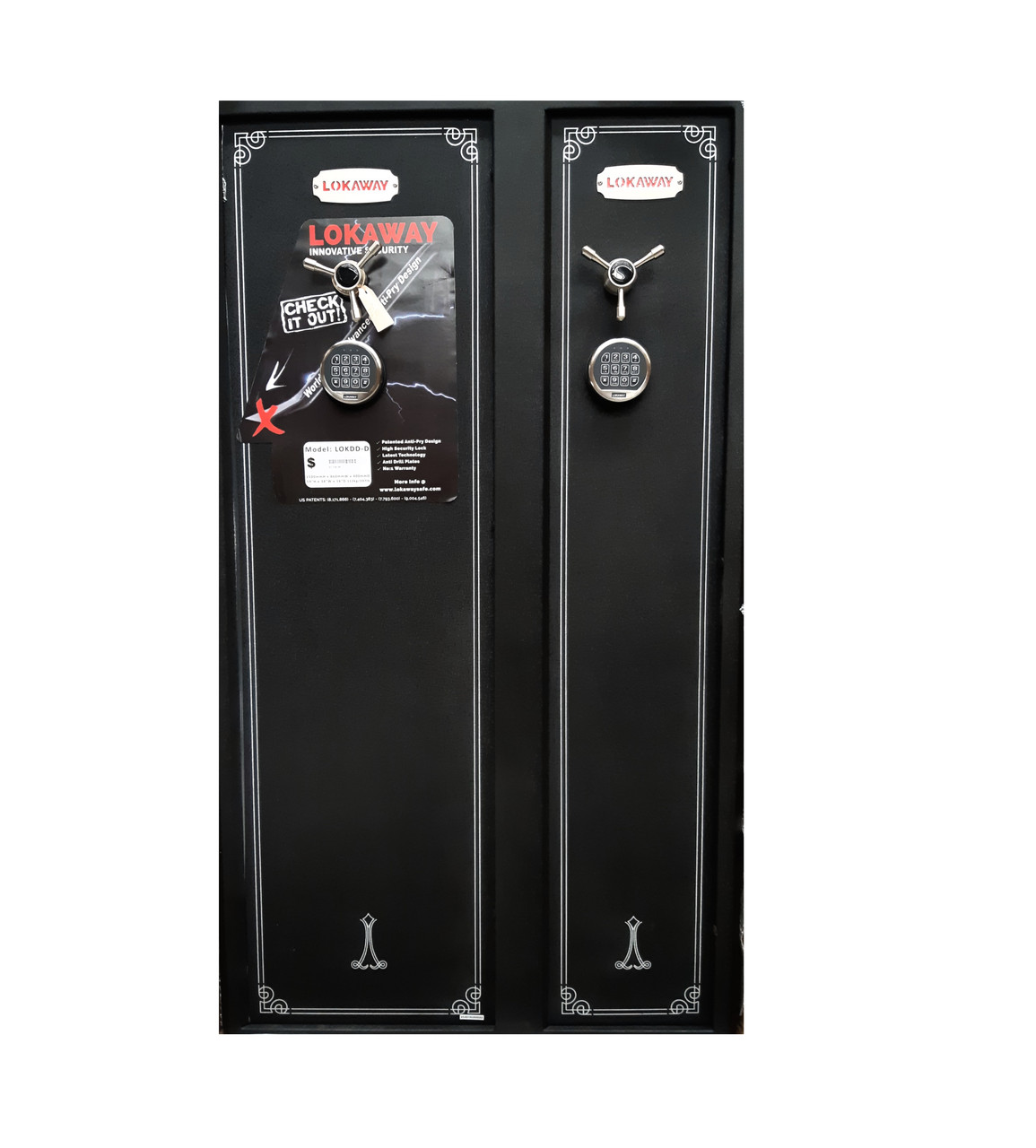Checking Out the Duty of Gain Access To Control Equipment in Enhancing Safety And Security Tools Efficiency and Efficiency
Gain access to control systems are increasingly acknowledged as crucial elements in the landscape of safety management, supplying an organized approach to control accessibility to delicate locations and details. Their capability to incorporate with various safety and security innovations, such as surveillance video cameras and alarm, dramatically enhances the overall performance and efficiency of safety and security procedures. Nonetheless, as organizations navigate the complexities of application and monitoring, different challenges occur that warrant factor to consider. What ramifications do these difficulties hold for the future of safety procedures and innovations?
Understanding Accessibility Control Solution
Access control systems play a crucial duty in making certain the security of various settings, from business offices to delicate government centers. These systems control who can get in or exit a designated location, thus securing possessions and delicate info. The fundamental parts of access control systems include consent, authentication, and recognition processes.
Recognition entails confirming a person's identity, commonly with qualifications such as vital cards, biometric data, or passwords. As soon as identified, verification validates the individual's right to accessibility, usually with multi-factor verification methods to improve protection. Permission establishes the degree of access given, enabling for distinguished permissions based on duties within the organization.
Access control systems can be categorized into 2 main types: physical and rational. Physical access control pertains to substantial areas, while sensible accessibility control governs digital info systems. Both types function synergistically to supply thorough safety options.
Combination With Safety And Security Technologies
The combination of gain access to control systems with various other protection technologies is crucial for developing an alternative protection setting. By combining access control with video clip security, breach detection, and alarm systems, organizations can enhance their general safety stance. This interconnected framework permits real-time monitoring and quick reaction to protection cases, enhancing situational understanding and operational effectiveness.
For instance, integrating accessibility control with video security enables safety and security personnel to confirm gain access to events aesthetically, ensuring that only accredited people are granted access. Likewise, when access control systems are connected to alarm, any kind of unauthorized accessibility attempts can cause instant informs, motivating speedy activity.
In addition, the integration of gain access to control with cybersecurity steps is significantly vital in safeguarding physical possessions and delicate data. By lining up physical protection protocols with IT safety and security systems, companies can ensure that both physical and electronic access points are monitored and managed efficiently.
Benefits of Enhanced Safety Workflow

In addition, enhanced protection procedures facilitate real-time surveillance and occurrence action. With integrated systems that include monitoring cameras, alarms, and accessibility controls, safety and security groups can quickly recognize and attend to potential threats. This positive strategy permits for timely interventions, decreasing the probability of safety breaches and possible losses.
Additionally, reliable protection operations add to a culture of safety within the company. Staff members are most likely to really feel more secure when they know that robust steps remain in place, bring about enhanced morale and productivity. The use of data analytics top article from access control systems allows organizations to evaluate security trends, boost policies, and allocate sources properly.
Considerations and obstacles

Furthermore, companies have to deal with the capacity for information violations. Accessibility control systems often deal with delicate details, and any kind of susceptabilities could expose this data to unauthorized accessibility. access control systems manufacturers. Making sure durable cybersecurity actions is essential to protect against such threats
User training is another crucial consideration. Employees must understand how to use accessibility control systems properly, as inappropriate use can cause safety spaces. Additionally, organizations have to stabilize safety with individual benefit; overly restrictive accessibility can prevent efficiency and bring about workarounds that compromise safety and security protocols.
Conformity with governing and legal requirements is additionally critical. Organizations should make sure that their gain access to control systems meet sector requirements and neighborhood regulations, which can vary dramatically. Lastly, the ongoing upkeep and management of these systems call for devoted resources, making it crucial read review for companies to allocate proper budgets and workers to ensure lasting performance and effectiveness.

Future Patterns in Accessibility Control
Anticipating the future of gain access to control discloses a landscape increasingly formed by technical advancements and progressing safety needs. One considerable fad is the assimilation of synthetic knowledge (AI) and artificial intelligence, which improve decision-making abilities and automate hazard detection. These innovations enable real-time evaluation of accessibility patterns, enabling more flexible and receptive security steps.
Biometric verification is likewise obtaining traction, with improvements in finger print, face acknowledgment, and iris scanning modern technologies offering enhanced security and user ease. As these systems end up being a lot more advanced and inexpensive, their adoption across various sectors is expected to climb.
One more emerging fad is the shift in the direction of cloud-based access control systems. These services offer scalability, remote management, and centralized information storage space, enabling organizations to enhance and streamline procedures effectiveness.
Furthermore, the Internet of Points (IoT) is set to transform access control by making it possible for interconnected gadgets to interact and share data, therefore improving situational understanding and protection responsiveness.
Verdict
In final thought, accessibility control systems considerably boost the performance and efficiency of safety tools by facilitating accurate recognition, verification, and authorization procedures. While considerations and challenges exist, the recurring evolution of gain access to control innovations assures to more improve safety and security operations.
Gain access to control systems are increasingly acknowledged as necessary parts in the landscape of security management, providing a structured approach to look these up regulate access to sensitive areas and information. Physical access control pertains to tangible locations, while logical access control governs electronic details systems.The assimilation of accessibility control systems with various other safety innovations is vital for producing an alternative security atmosphere. Gain access to control systems typically deal with sensitive information, and any kind of susceptabilities might expose this data to unauthorized access. Companies need to balance safety and security with user ease; extremely restrictive gain access to can impede productivity and lead to workarounds that compromise protection procedures.